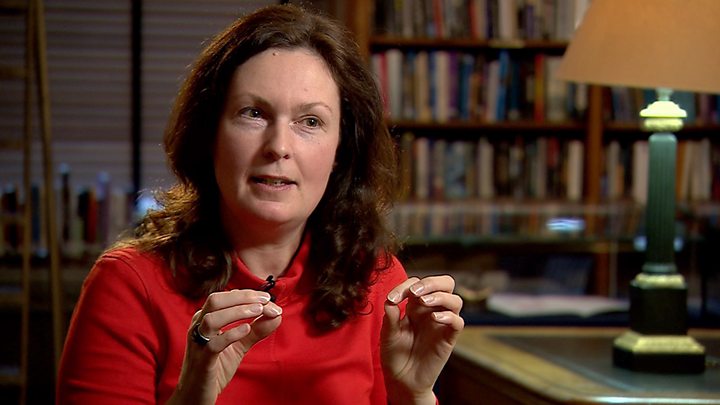Media playback is unsupported on your device
Europe’s Solar Orbiter (SolO) probe makes its first close pass of the Sun on Monday, tracking by at a distance of just over 77 million km.
SolO was launched in February and is on a mission to understand what drives our star’s dynamic behaviour.
The close pass, known as a perihelion, puts the probe between the orbits of Venus and Mercury.
In the coming years, SolO will go nearer still, closing to within 43 million km of the Sun on occasions.
As it stands today, only five other missions have dived deeper into the inner Solar System: Mariner 10, Helios 1 & 2, Messenger, and Parker Solar Probe.
Earth orbits 149 million km (93 million miles) on average from the Sun.
SolO is a European Space Agency (Esa) craft that was assembled in the UK by the aerospace company Airbus.
- Solar Orbiter: Sun mission blasts off
- Sun’s surface seen in remarkable new detail
- Joint mission blasts skyward to Mercury
BBC Radio 4’s In our time: What is the solar wind and how does it affect us?
It has spent the four months since launch undergoing a checkout phase. Engineers have been running the rule over all the probe’s systems and commissioning its 10 scientific instruments.
Routine operations for the full suite of onboard experiments are still a year away, but SolO’s magnetometer is up and running and will remain so.
Sitting at the end of a long boom at the back of the spacecraft, the MAG senses the magnetic fields embedded in the solar wind – the stream of charged particles billowing away from the Sun.
Already, the instrument is catching the disturbances that result from big explosions on the star called coronal mass ejections – in addition to the everyday waves and turbulence that trace the wind’s structure.
“We switched on, on 24 February – we’ve already got over 2 billion magnetic field vectors on the ground. We’ve got a happy, busy science team working away at the data,” said Prof Tim Horbury, the MAG principal investigator at Imperial College London.
One of the reasons the British group’s instrument got turned on very early was so it could start to characterise the confounding magnetic fields generated by the electronics in the rest of the spacecraft. This signal is small but needs to be subtracted from the Sun measurements to finesse the detail in the data properly.

Media playback is unsupported on your device
The early start also gave the London team the chance to do some tandem study with the magnetometer instrument on Esa’s BepiColombo mission. As chance would have it, this probe was making a return visit to Earth in April on its way to Mercury. The two missions were therefore able to do some multi-point sensing of the solar wind in relatively close proximity to each other.
The same has been true with the American Parker Solar Probe – but at a much greater separation. This US mission is in the process of making some very deep dives past the Sun (on 7 June it passed just 19 million km from the star).
“We’re now just one of a constellation of spacecraft flying around the Sun,” Prof Horbury told BBC News.
The next major event for SolO is a flyby of Venus, which will be conducted to help manage its spiral in towards our star.
This occurs at the end of December and will see the probe track about 500,000 km above the planet’s surface.
The full science phase of the mission is due to start in 2021 when all 10 of SolO’s instruments, including its imagers, will begin regular observations.
“I was so nervous when we launched,” said Prof Horbury. “I guess the more you know about a project, the more you know about the things that can go wrong. But Solar Orbiter is out there, it’s working and it’s going to be a fantastic success.”
[email protected] and follow me on Twitter: @BBCAmos
Read MoreFeedzy


